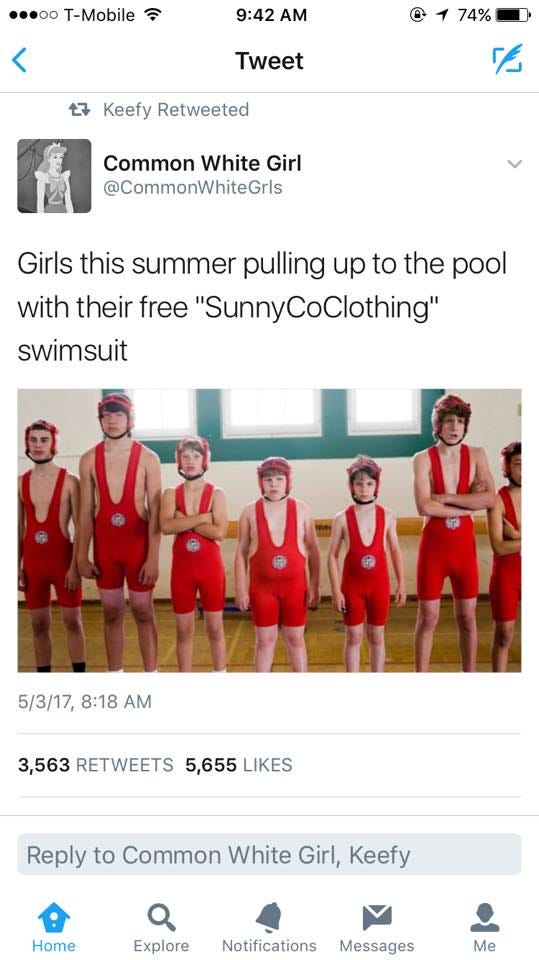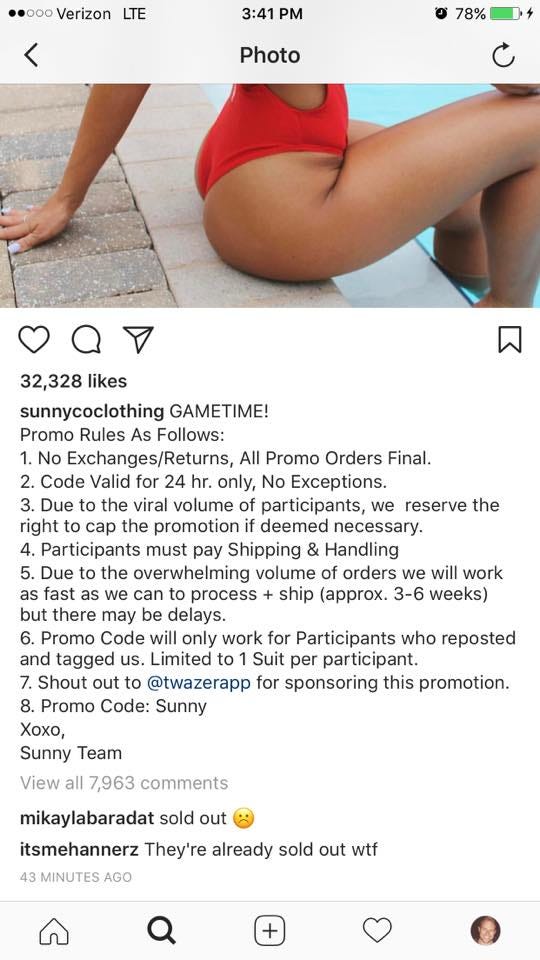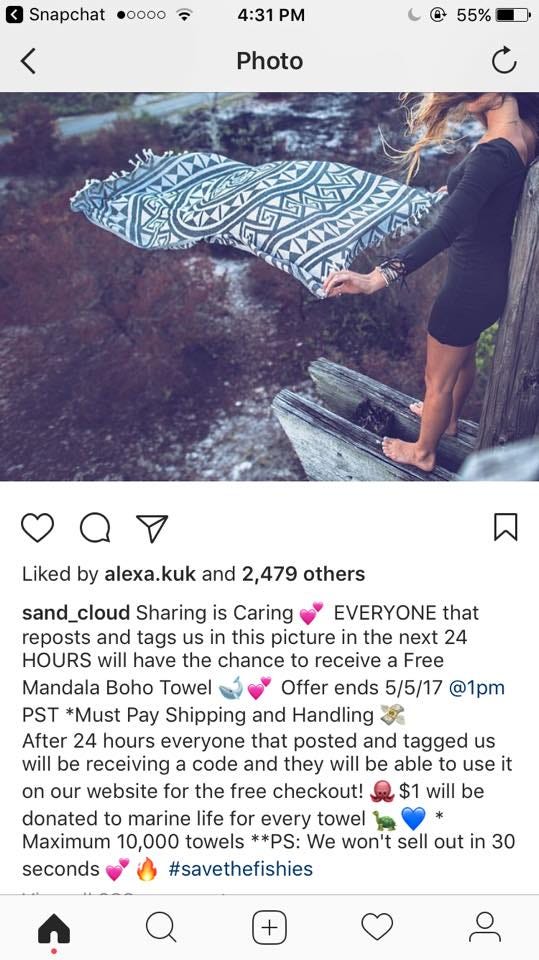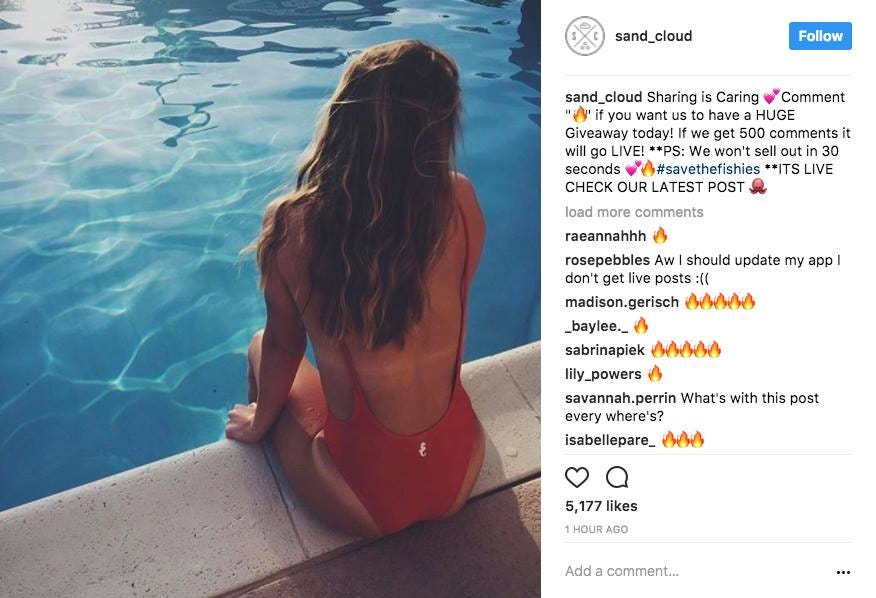Public relations is a demanding business, mostly because of the conditions of digital media. Consumers access multiple online channels on an almost constant basis, so keeping your brand both visible and positively received by the masses can be troublesome for the busy entrepreneur. Many entrepreneurs, especially those helming startups or small businesses, simply neglect their public relations development strategy, believing it to be a secondary priority. But no matter how busy you are, you can make time for these simple, yet effective, PR strategies:
1. Cultivate Testimonials. Testimonials are your best friend as an entrepreneur. Depending on the medium you use for your inbound testimonials, you could enjoy the benefits of increased brand visibility, increased user trust, increased SEO authority from external links, and an increased propensity to go viral with a product or campaign. Encourage your users to post written and video testimonials on their social media profiles and external sites. You can offer them a small reward in exchange for their honest opinions, or sponsor a competition that recognizes a random participant. Initiating a steady flow of user testimonials is a way to let your customers do your PR work for you. Consumers trust other consumers more than brands anyway, so you’ll be able to build your reputation naturally without doing all the work yourself.
2. Make the Most of Your Press Releases. Have a plan in place to submit regular press releases whenever your company does something newsworthy. Press releases can be a great source of external links for SEO, since they’re usually published on high-authority news sites, plus you’ll get a boost in brand visibility from the shared readership of each publication. But press releases don’t have to be one-use-only. If you’re already creating and distributing your press releases on a regular basis, you can tap them for additional PR value without spending much additional time. For example, you can post a variation of the press release on your own site as a blog entry, possibly adding an extra feature like an interview with your CEO. You could also repurpose it into a whitepaper, or include it as part of an informational packet. It’s a form of recycling, which will let you take advantage of the press release’s full value.
3. Set Aside Ten Minutes a Day. If you’re having trouble keeping up with the nonstop social media posts and constantly evolving news landscape, you’re not alone. It’s almost impossible to keep up with everything. But instead of giving up and no longer trying to get involved, try setting aside ten minutes a day — an amount of time that almost anyone can afford to allot. Ten minutes a day will give you an opportunity to scan your news feed, figure out the gist of what’s been happening, and reach out to at least a handful of followers. You may not get time to answer every query or post lots of messages, but it will establish your brand as one that cares enough to make a daily effort.
4. Focus Your Strategy. It can be tempting to pursue every possible channel and target every possible demographic, but for the busy entrepreneur, that’s an inefficient strategy. Instead of trying to do twenty things with an average success rate, narrow your strategy to do one or two things with the best success rate. For example, if you’re trying to build a following on five different social media profiles, instead focus on building an audience for one (with the other four on the back burner). You’ll have a smaller potential audience, but the audience you end up with will be more passionate, more loyal, and more enthusiastic about your brand.
5. Leverage the Power of Influencers. This is another way of letting others do your PR work for you. Instead of spending hours a day trying to force your way into new markets, make friends with a handful of influencers and ask them to do the work for you. For example, if there’s an industry leader with a huge following, you could ask him/her to tweet a link to your latest press release — or if you’re on good terms already, you could ask him/her to create a testimonial for you. If they honor your request, you’ll gain almost-instant access to their audience, adding their range of visibility to your own without significant extra effort.











